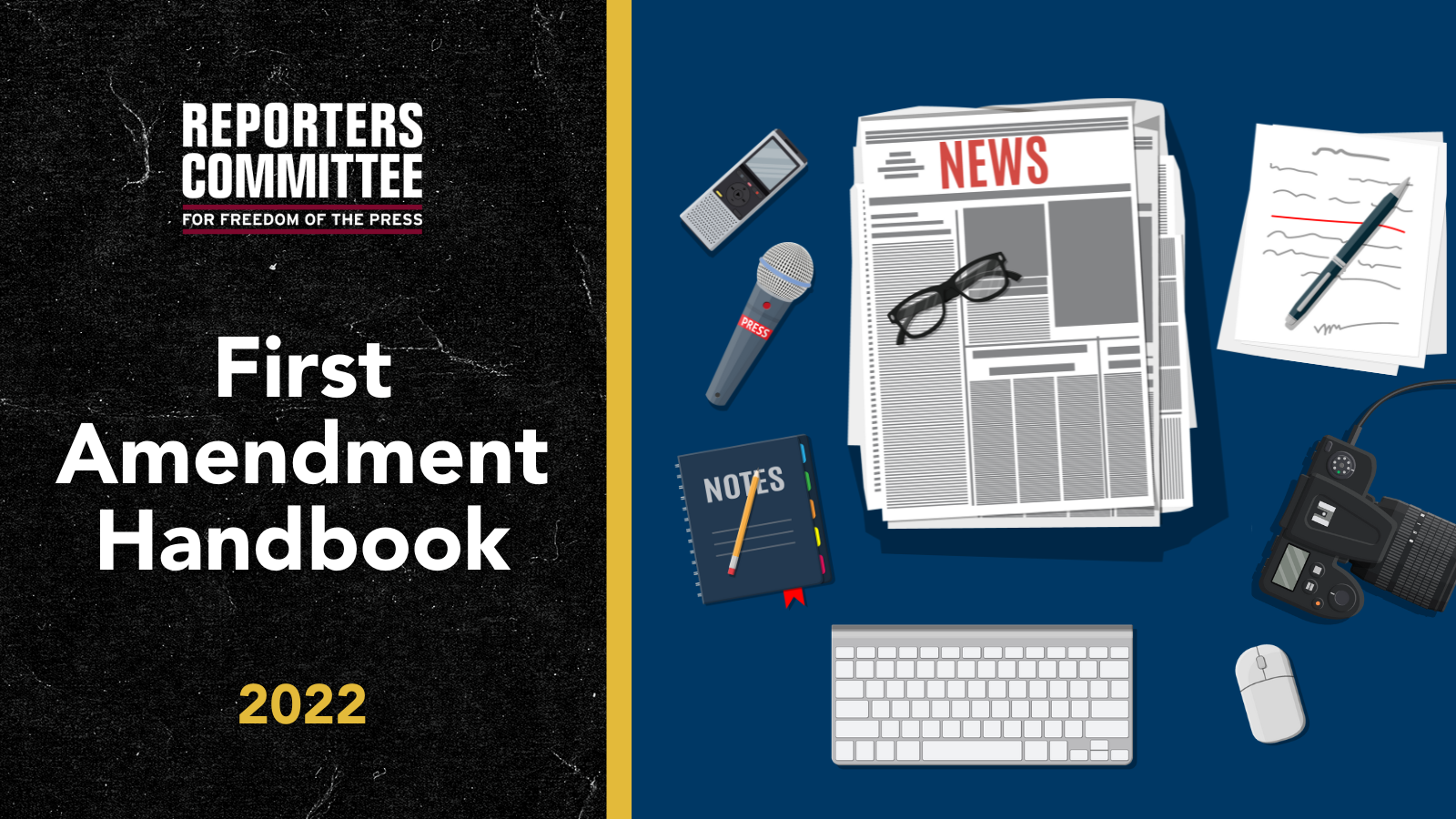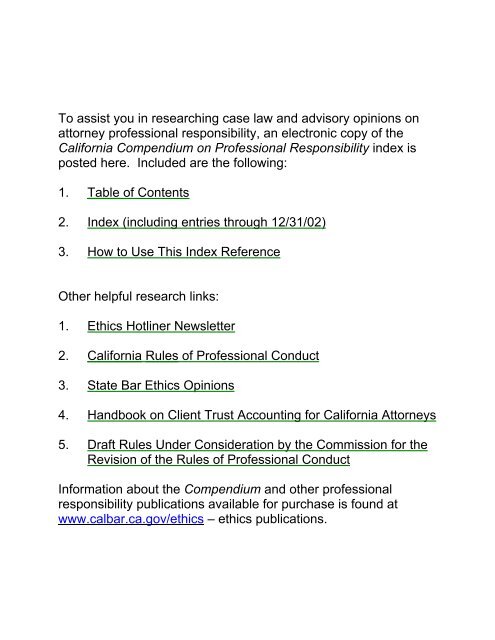How Do I Sue for Breach of Promissory Note?: Expert Advice and Essential Steps
To sue for breach of a promissory note, gather evidence, file a lawsuit, and seek legal counsel. If someone fails to fulfill their obligations under a promissory note, you may have grounds to sue for breach.
The promissory note is a legally binding contract in which one party promises to pay a specific amount of money to another party. When this agreement is violated, legal action can be taken. To pursue a lawsuit, you should collect any relevant documentation or evidence that supports your claim, such as the promissory note itself, payment records, and communications related to the agreement.
It is essential to consult with a lawyer experienced in contract law who can guide you through the legal process and represent your interests effectively.

Credit: www.rcfp.org
Understanding Promissory Notes
Promissory notes play a crucial role in many financial transactions, serving as legally binding agreements between a lender and borrower. Knowing what a promissory note entails and its key elements is essential when considering legal action for breach. In this section, we will explore the definition of a promissory note and the important components that ensure its validity.
What Is A Promissory Note?
A promissory note is a written contract that outlines a borrower’s promise to repay a specific amount of money to a lender within a predetermined timeframe. It establishes the terms and conditions of the loan, including the amount borrowed, the interest rate applied, and the repayment schedule. By signing the promissory note, both parties agree to the terms, creating a legal obligation to fulfill the financial agreement.
Key Elements Of A Promissory Note
Understanding the key elements of a promissory note is crucial to ensure its enforceability. Here are the essential components typically included:
| Section | Description |
|---|---|
| Title | This is the title of the document, clearly indicating that it is a promissory note. |
| Parties | This section includes the names and contact information of the lender and borrower involved in the agreement. |
| Loan amount | Here, the specific amount of money being borrowed is stated, including any currency symbols. |
| Interest rate | This element outlines the rate at which interest will accrue, typically expressed as an annual percentage. |
| Repayment terms | Details regarding the repayment period, such as the number of installments and their frequency, are specified in this section. |
| Schedule | Here, the dates or intervals at which the borrower is required to make the payments are clearly defined. |
| Collateral | If applicable, this section lists any assets that serve as collateral for the loan, providing security to the lender. |
| Default and remedies | This element outlines the consequences for defaulting on the loan and the remedies available to the lender. |
| Signatures | Both the lender and borrower must sign and date the promissory note to demonstrate their agreement and commitment to the terms. |
These key elements ensure that a promissory note is comprehensive, legally binding, and can be enforced in court if a breach occurs. Now that we have a solid understanding of promissory notes and their components, we can explore the necessary steps to sue for breach of a promissory note in detail.

Credit: www.yumpu.com
Identifying Breach Of Promissory Note
When dealing with promissory notes, it is important to understand how to identify a breach of such notes. A breach occurs when one party fails to fulfill their obligations as outlined in the promissory note. In this section, we will define breach of promissory note and explore common examples of breaches that may occur.
Defining Breach Of Promissory Note
In order to understand breach of promissory notes, it is crucial to grasp the concept of what a promissory note entails. A promissory note is a legally binding contract that outlines the terms of a loan or debt agreement between two parties. It includes details such as the amount borrowed, repayment terms, interest rate, and any other relevant conditions.
Breach of promissory note occurs when one party fails to uphold their obligations as stated in the note. This can take various forms, such as failing to make payments on time, defaulting on the loan entirely, or not adhering to any other specific terms stated in the promissory note.
Common Examples Of Breach
Understanding common examples of breach can help individuals recognize whether a breach of promissory note has occurred:
- Non-payment or late payments: One of the most common breaches is when the borrower fails to make timely payments or completely stops making payments as agreed upon in the promissory note. This can lead to added interest, penalties, and even legal action by the lender.
- Defaulting on the loan: If the borrower is unable to repay the loan within the specified time frame or violates any terms set in the promissory note, they are considered to be in default. This breach can have serious consequences, including legal action and damage to the borrower’s credit score.
- Failure to provide collateral: In some cases, the borrower might have pledged collateral to secure the loan, such as property or inventory. If the borrower fails to maintain or provide the pledged collateral, it is considered a breach of the promissory note.
- Violating other terms in the note: The promissory note may contain additional terms such as restrictions on the use of funds, required insurance, or specific actions the borrower must take. Any failure to comply with these terms would constitute a breach.
These examples provide a general idea of common breaches that may occur in a promissory note situation. Keep in mind that the specific terms outlined in each promissory note will vary, so it is important to thoroughly review and understand the contents of the note in order to identify any breaches.
Gathering Evidence
When pursuing a lawsuit for breach of a promissory note, gathering compelling evidence is crucial to building a strong case. Evidence serves as the foundation to support your claims in court and increase your chances of a favorable outcome. In this stage, documenting all pertinent details becomes imperative. You will need to focus on obtaining documentary evidence and securing witness testimony.
Documentary Evidence
Documentary evidence forms the backbone of your case. This includes any written agreements, communication exchanges, or any relevant documentation that supports your claim of breach of the promissory note. It is critical to ensure that you collect all relevant documents such as the promissory note itself, any related contracts, emails, letters, or any other written correspondence that substantiates your claim of defaulting on the promissory note.
Witness Testimony
Witness testimony can provide invaluable supporting evidence. Select individuals who have direct knowledge of the promissory note agreement, its terms, and the subsequent breach. Their testimonies can further strengthen your case, giving validity to your claims. Whether it is the lender, borrower, or any party involved in witnessing the agreement, their firsthand accounts can be compelling evidence in court.
Negotiation And Mediation
Learn how to sue for breach of a promissory note through negotiation and mediation. Resolve your legal dispute in a peaceful and cost-effective manner.
Exploring Settlement Options
Before pursuing a lawsuit for breach of a promissory note, it is essential to consider negotiation and mediation as potential avenues for resolving the dispute. Exploring settlement options allows both parties to find common ground and potentially reach a resolution without the need for costly and time-consuming litigation.
Using Mediation To Resolve The Dispute
Mediation can be a highly effective method for resolving conflicts involving a breach of a promissory note. In mediation, a neutral third party, known as a mediator, facilitates communication between the parties and helps them reach a mutually satisfactory agreement.
During the mediation process, both parties have the opportunity to express their concerns and interests openly. The mediator guides the conversation and assists in finding potential solutions that satisfy both parties involved in the dispute. This collaborative approach often reduces hostility and encourages a more cooperative atmosphere, fostering a greater likelihood of reaching a fair resolution.
Mediation offers several advantages over traditional litigation. It is typically quicker, less expensive, and more flexible. Additionally, it allows the parties to maintain control over the outcome and avoid the uncertainties of court decisions. Mediation also promotes confidentiality, ensuring that sensitive information discussed during the process remains private.
Considering The Benefits Of Negotiations And Mediation
When facing a breach of a promissory note, it is essential to consider the benefits of negotiations and mediation. By engaging in settlement discussions and exploring alternative dispute resolution methods, such as mediation, both parties can work towards a solution that is fair and agreeable to all involved.
A successful negotiation or mediation can save time, money, and preserve relationships. It allows the parties to maintain control over the outcome and have a say in the resolution of the dispute, rather than relying on a judge’s decision. By approaching the breach of a promissory note with a willingness to negotiate and explore mediation, the potential for a mutually beneficial resolution increases significantly.
If you find yourself in a breach of a promissory note situation, it is advisable to consult with a legal professional who can provide guidance on negotiation and mediation options. With their expertise, you can navigate the process more effectively and increase the chances of reaching a satisfactory resolution.
Legal Action And Remedies
Facing a breach of a promissory note can be a frustrating experience. Fortunately, legal action is available to help you seek the remedy you deserve. By filing a lawsuit and understanding the available legal remedies, you can effectively navigate through the process and protect your rights. Let’s take a closer look at each aspect:
Filing A Lawsuit
If you find yourself dealing with a breach of a promissory note, you have the option to file a lawsuit against the individual or entity responsible. Filing a lawsuit involves several important steps:
- Hire an attorney: Seek the advice and guidance of an experienced attorney who specializes in contract law and has a solid understanding of promissory notes. They will help you navigate the legal system and ensure your interests are protected throughout the process.
- Gather evidence: Collect any evidence that supports your claim, such as the promissory note itself, any written communication related to the breach, and any other relevant documentation. This evidence will help strengthen your case.
- Compose the complaint: Your attorney will assist you in drafting a complaint that outlines the breach and the damages you have suffered as a result. The complaint must be filed with the appropriate court and served to the defendant.
- Attend court hearings: Be prepared to attend court hearings and provide any necessary testimony or evidence to support your claim. Your attorney will guide you through this process and represent your interests in court.
- Reach a resolution: Depending on the circumstances, your lawsuit may conclude with a settlement agreement or a judgment from the court. Your attorney will negotiate on your behalf and seek the best outcome for you.
Available Legal Remedies
When pursuing a breach of promissory note case, it’s essential to understand the legal remedies that may be available to you as a plaintiff:
| Legal Remedy | Description |
|---|---|
| Monetary Damages | You may be entitled to financial compensation for the damages you have suffered as a result of the breach. This may include the unpaid amount of the promissory note, interest, and any other losses directly caused by the breach. |
| Specific Performance | If a monetary award is not sufficient, you may seek a court order requiring the defendant to fulfill their obligations under the promissory note. This remedy is typically pursued when the subject matter of the note is unique or cannot be easily replaced. |
| Rescission | In certain cases, the court may allow you to cancel or rescind the promissory note, essentially treating it as if it never existed. Rescission is usually sought when the breach is substantial and makes it unfair or inequitable to enforce the note. |
Remember, the availability of these remedies may vary depending on the specific circumstances of your case and the laws of your jurisdiction. Consulting with an attorney will help you understand the remedies available to you and how to best pursue them.

Credit: fastercapital.com
Frequently Asked Questions Of How Do I Sue For Breach Of Promissory Note?
How Do I Know If I Have A Valid Promissory Note?
To determine if you have a valid promissory note, check if it contains essential elements such as the names of parties involved, the amount owed, repayment terms, and signatures. Additionally, ensure it complies with state laws and is properly executed.
What Steps Should I Take Before Suing For Breach Of Promissory Note?
Before suing for breach of a promissory note, consider sending a written demand for payment to the debtor. Ensure you have sufficient evidence and documentation to prove the existence of the note, default, and damages incurred. Consult with an attorney to understand your legal rights and options.
How Can I Prove The Breach Of A Promissory Note In Court?
To prove a breach of a promissory note in court, gather evidence such as the original signed note, records of payments made, and any communication related to the default. Additionally, provide documentation demonstrating your damages, such as invoices, receipts, or bank statements, and consult with an attorney for guidance.
Conclusion
Taking legal action for a breach of promissory note requires thorough preparation and understanding of the legal process. It is essential to gather evidence, adhere to time limits, and seek legal counsel for guidance. By following the necessary steps, you can pursue a successful resolution for the breach of a promissory note.
{ “@context”: “https://schema.org”, “@type”: “FAQPage”, “mainEntity”: [ { “@type”: “Question”, “name”: “How do I know if I have a valid promissory note?”, “acceptedAnswer”: { “@type”: “Answer”, “text”: “To determine if you have a valid promissory note, check if it contains essential elements such as the names of parties involved, the amount owed, repayment terms, and signatures. Additionally, ensure it complies with state laws and is properly executed.” } } , { “@type”: “Question”, “name”: “What steps should I take before suing for breach of promissory note?”, “acceptedAnswer”: { “@type”: “Answer”, “text”: “Before suing for breach of a promissory note, consider sending a written demand for payment to the debtor. Ensure you have sufficient evidence and documentation to prove the existence of the note, default, and damages incurred. Consult with an attorney to understand your legal rights and options.” } } , { “@type”: “Question”, “name”: “How can I prove the breach of a promissory note in court?”, “acceptedAnswer”: { “@type”: “Answer”, “text”: “To prove a breach of a promissory note in court, gather evidence such as the original signed note, records of payments made, and any communication related to the default. Additionally, provide documentation demonstrating your damages, such as invoices, receipts, or bank statements, and consult with an attorney for guidance.” } } ] }





